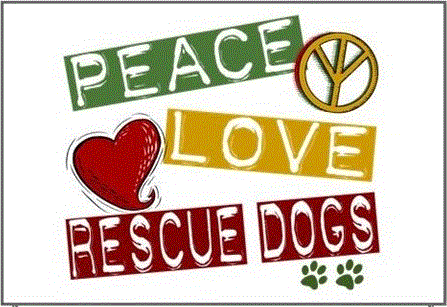Anyone who knows meÂknows that I am a huge planner and obsessively organized. I love being prepared for anything and everything and as far as my dog supplies are concerned, my backup has a backup. I have learned so much over the years caring for my dogs and my clients’ dogs, thought I would share some of my favorite supplies that keep my household up and running!
Always On Hand
- Back-Up Dog Food
- Back-Up Collar and Leash for Each Dog
- Lighted Collar: for safe walking at ight and outdoor events
- Maleseb Shampoo: my absolute favorite soap free anti-microbial shampoo. Great for itching, yeast, bacteria, and fungus.
- Pepto Bismol: for upset bellies and diarrhea
- Metronidazole (Flagyl): prescriptive oral antibiotic that is commonly used forÂGiardia, gastrointestinal issues, I.B.S, and diarrhea.
- Silver Sulfadiazine: prescriptive antibiotic cream initially developed for burn patients that also helps prevent scarring and help regrow hair it injury site. It is my go-to antibiotic cream!
- Dye-Free Benadryl: used as an anti-histamine and helps with motion sickness and often will make a dog a bit drowsy
- Rimadyl: prescriptive pain killer/anti-inflamatory
- Otomax (Gentamicin): prescriptive that is great at treating bacterial ear infections
- Neo Poly Dex: prescriptive used to treat bacterial eye infections.
- Capstar: tablet that kills fleas. Begins working within 30 minutes.
- Pepcid (famotidine): reduces stomach acid, treats ulcers and reduces stomach pain
- Pill Pockets
- Hydrogen Peroxide: Cleans wounds and can induce vomiting
- Turkey Baster: great for giving hydrogen peroxide to induce vomiting
- Small, Medium & Large Syringes: to dispense liquid medication or clean superficial wounds
- Digital Thermometer
- 100% Pure Pumpkin: great to settle gastrointestinal tracts, diarrhea and constipation
First Aid Box
One of the most important things you can have for your dog’s care is a well thought out first aid kit. The kit should be easily assessable in case of natural disasters and contain current pet info and un-expired medications. I suggest you inventory once a year.
- Veterinarian’s contact information: have numbers for both your family veterinarian and an after-hours emergency veterinarian readily available
- Copies of pets medical records including rabies vaccination
- Spare Collar & Leash
- Soft Muzzle
- E Collar (inflatable requires less storage space)
- Back up supply of any necessary daily medications
- Pepto Bismol
- Dye-Free Benadryl
- Clear Pedialyte
- Hydrogen Peroxide to clean a wound or to endure vomiting
- Milk of Magnesia
- Antibiotic Cream (I prefer Silver Sulfadiazine)
- Liquid Bandage
- Vet Wrap, Medical Tape, and
- Scissors: for cutting hair and bandages
- Tweezers: for removing objects from skin or paws
- Small, Medium and Large Syringe: to dispense liquid medication or clean superficial wounds
- Gloves: to help protect you and keep the wound sanitary
- Gauze pads: for cleaning injuries
- Gauze rolls: to wrap around wounds or use as a safety muzzle
- Alcohol prep pads: to sterilize items such as scissors or tweezers
- Cold pack: to reduce swelling or pain
- Digital thermometer: to find out if your pet is running a fever (a mercury thermometer can shatter)
- Rags or rubber tubing: to use as a tourniquet
- Blanket or towel: to wrap around injured pet, carry an injured pet and provide warmth



























